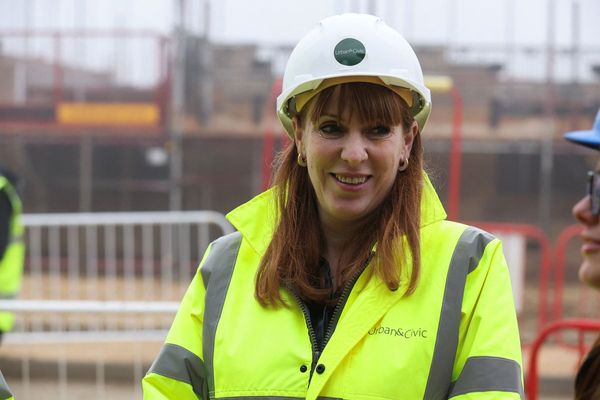
One of the stranger sights during the election campaign was both sides promising to create lots of new jobs even as businesses across a range of industries complained that they couldn’t find enough workers.
Scott Morrison and Josh Frydenberg — remember them? — promised 1.3 million jobs over five years. Anthony Albanese and Labor were particularly focused on manufacturing and promised a $1 billion manufacturing plan that would restore job losses in manufacturing over the last decade (the Coalition had its own $1.5 billion “Modern Manufacturing Strategy” in government too). Labor spokesman Richard Marles said during the campaign “there are hundreds of thousands of skilled and well-paid jobs up for grabs – but if manufacturing all goes overseas, we will miss out”.
The obsession among politicians, and especially Labor, with manufacturing — with the only brief exception being Tony Abbott and Joe Hockey — rivals that for small business. But despite constant promises and new strategies, since Labor came to power in 2007, the manufacturing workforce has fallen from over 1 million workers to 850,000 earlier this year — or from 10% of the workforce to 6.4%. About half of the fall happened under Rudd-Gillard. Notice Labor didn’t promise to reverse those job losses.
Promising hundreds, thousands, millions more jobs was fine until we reached a level of unemployment not seen since Gough Whitlam. After that, promising more jobs becomes a game of beggar-thy-neighbour between industries. The only way to fill those jobs is to bring in foreign workers. We’ve done brilliantly well on participation in recent years — a great Coalition economic achievement — but there are hard limits to higher participation in an ageing population.
So if Labor wants to recoup 85,000 manufacturing jobs it claims were lost under the Coalition, where will they come from? There are few spare workers around. And the economy has changed significantly since 2013, let alone 2007. The story of the Australian labour force over the last decade has been the rise of health and social care.
For the first time, in the February quarter, the health and social care workforce passed 2 million workers, or 15% of the entire workforce. No other sector has come close to reaching that figure since modern industry workforce figures began in 1984. Hospitals and health care staff number over 1.1 million alone.
And while health and caring services are heavily feminised — thus accounting for the big rise in female participation — they also employ a lot of men. In 2007, around 4% of the male workforce was in health and social care; now it’s 6.7%. Political rhetoric about “lost” jobs in manufacturing never addresses the “found” jobs in other sectors.
That’s all part of the rise and rise of service jobs in the economy. In the February quarter, professional services jobs also hit a record — 1.28 million, or 9.4% of the workforce. Professional services is slightly tilted toward men — they form 55% of that workforce — but as a sector is far more feminised than manufacturing, construction, mining or other traditionally blue-collar male jobs.
So where will we get tens of thousands of manufacturing jobs, other than straight from overseas?
The relentless rise of health and social care — which will be further expanded as an ageing population places more pressure on health services and we improve the quality of aged care to a civilised standard — can only mean it will continue to suck in workers from other sectors, especially workers from private sector industries lured by higher salaries and stronger union representation in the public sector.
But that has its own problems. The NSW government has committed to a $4.5 billion increase in health funding to lure 10,000 workers into the struggling NSW health system (on top of this morning’s announcement of a pay rise and $3000 one-off payment to health workers). Expect other states and territories to face similar pressures. This kind of demand can only place more strain on other health systems and lead to similar efforts elsewhere — with no obvious source for additional workers other than from overseas.
Unless our workforce strategy is simply to import as many workers as we need without limit, we have to decide what kind of economy we want. Do we want to go back to 2013 when there were 915,000 manufacturing jobs? Do we reverse the historical rise of service industries in the name of being an Australia that makes things? And what do we tell voters when they demand better health and aged care services and wonder why they can’t find affordable childcare?
Or do we check back in six years and discover that manufacturing has fallen further, and the opposition promises to reverse that decline with a new manufacturing strategy?







